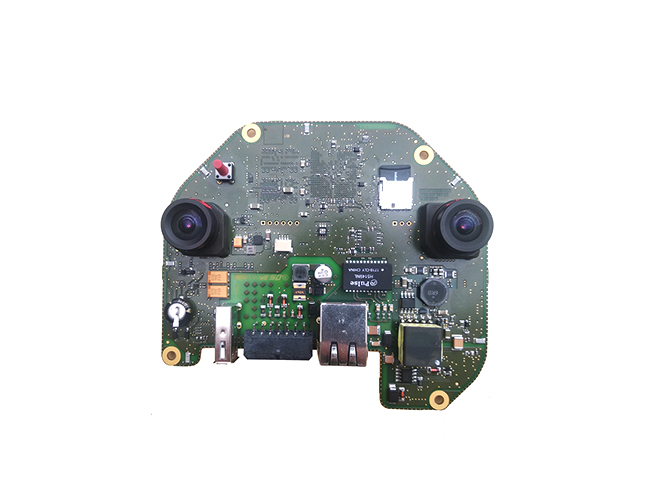-
CN
-
Service Hotline
+8618129931046 Mr. Liao


Time:2025-06-05 Views:1

Single - sided printed circuit boards (PCBs) are widely used in various electronic applications due to their simplicity and cost - effectiveness. For mass customization needs, several strategies can be adopted to achieve low - cost production.
Material Selection
The choice of substrate material significantly impacts the cost. FR - 4, a glass - epoxy laminate, is one of the most commonly used materials for single - sided PCBs. It offers a good balance between performance and cost. However, for extremely cost - sensitive applications, alternative materials like phenolic paper laminates can be considered. Although they may have slightly lower performance in terms of heat resistance and electrical properties compared to FR - 4, they are much cheaper. For example, in some simple consumer electronics products such as low - end remote controls or basic sensors, phenolic paper - based single - sided PCBs are sufficient and can reduce material costs by up to 30% - 40%.
Design Optimization
Streamlining the PCB design is crucial for cost - effective mass customization. Keeping the design as simple as possible reduces the complexity of the manufacturing process. Minimizing the number of components and avoiding overly intricate routing patterns can save both time and money. For instance, using through - hole components instead of surface - mount components in some cases can be more cost - efficient, especially when the production volume is large. Through - hole components are generally less expensive, and the soldering process for them is relatively straightforward. Additionally, standardizing the board size and shape can lead to cost savings. By using common board dimensions, manufacturers can optimize the use of raw materials, reducing waste. For example, if a company designs multiple products with single - sided PCBs, using a single standard board size across these products can allow for more efficient material utilization during the cutting and fabrication process.
Manufacturing Process
Selecting the right manufacturing partner is essential. Some PCB manufacturers specialize in high - volume, low - cost production. They often have economies of scale, which can result in lower per - unit costs. For example, manufacturers in regions with lower labor costs may offer more competitive pricing. Moreover, choosing a manufacturing process that is suitable for mass production is key. The use of automated assembly lines can significantly increase production efficiency and reduce labor costs. Automated soldering machines can quickly and accurately solder components onto the single - sided PCBs, ensuring consistent quality and reducing the risk of human error. In addition, some manufacturers may offer value - added services such as in - house design for manufacturability (DFM) checks. These checks can identify potential design flaws early in the process, preventing costly rework during production. By partnering with such manufacturers, companies can achieve low - cost mass customization of single - sided PCBs without sacrificing quality.